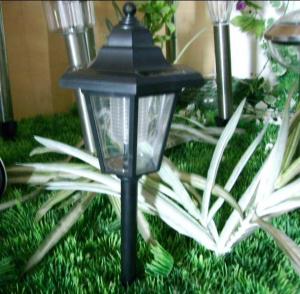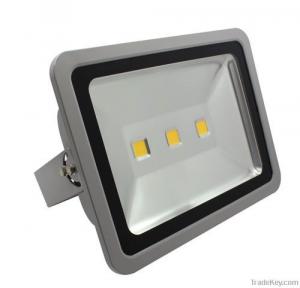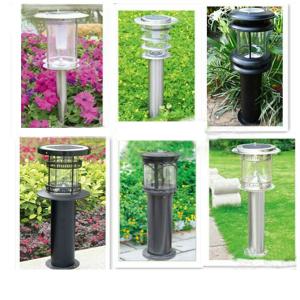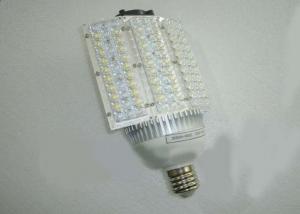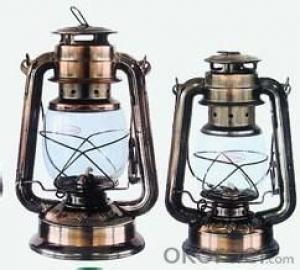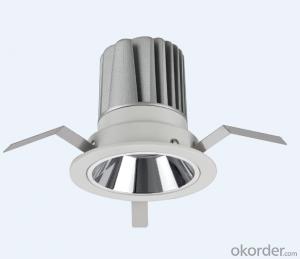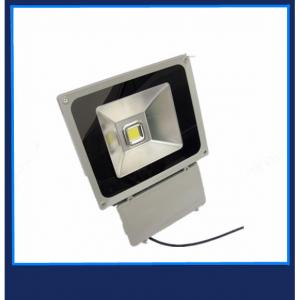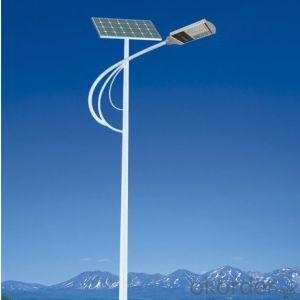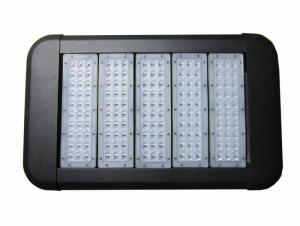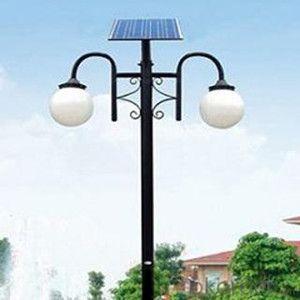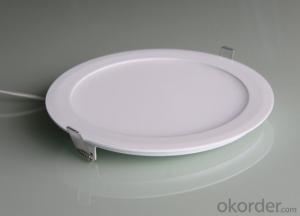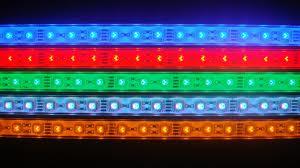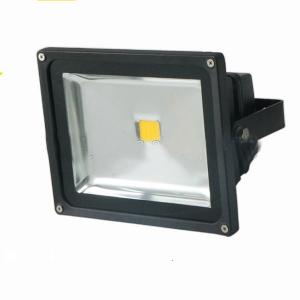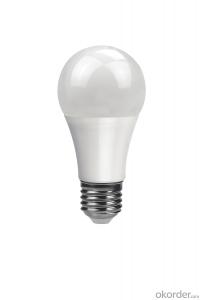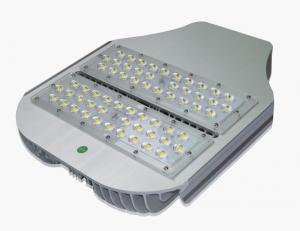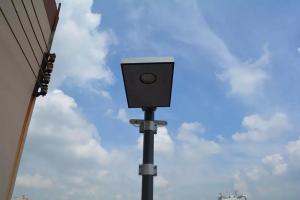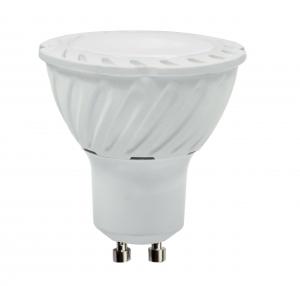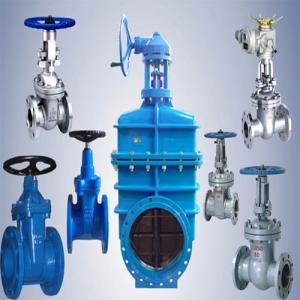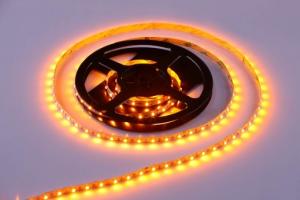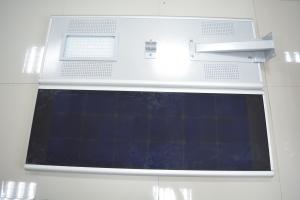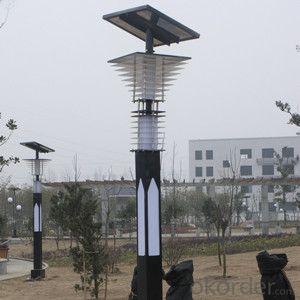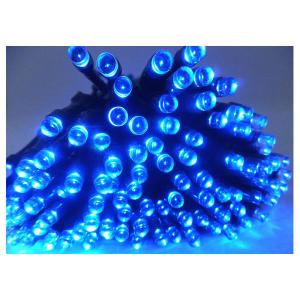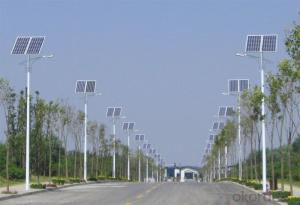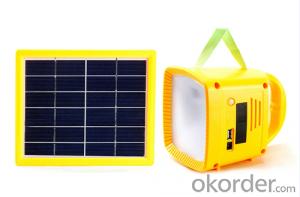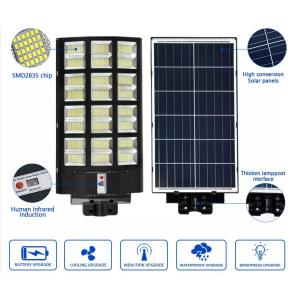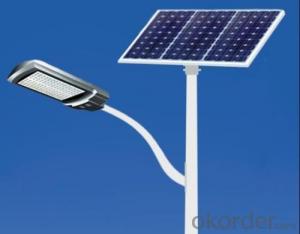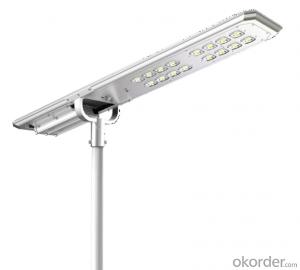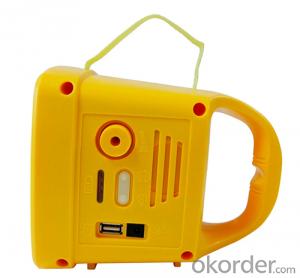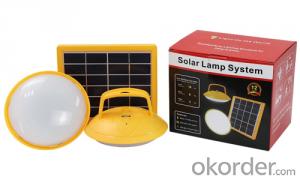Led Outside Lights Solar
Led Outside Lights Solar Related Searches
100w Solar Panel With Inverter Best Solar Panel Inverter 5000 Series Cast Aluminum Plate Portable Solar Panel Inverter First Solar Series 6 Module 12 Volt Solar Panel Inverter Plastic Solar Lanterns Buy Solar Panel Inverter Solar Panel Inverter Cost Solar Panel Without InverterHot Searches
Solar Hot Water Collectors For Sale 8 Inch Water Pump For Sale Solar Inverter For Split Ac Solar Inverter With Ac Outlet 1 Hp Solar Water Pump Price Jain Solar Water Pump Price Kirloskar Solar Water Pump Price Aluminum Ac Coil Scrap Price China Solar Ac Module Solar Pump Inverter Price Lorentz Solar Water Pumps Price Price Of Water Cooler Evacuated Tube Solar Collectors Price Lorentz Solar Pumps Price Cost Of Evacuated Tube Solar Collectors Buy Hot Water Bag Fish Tank Air Pump Price Aquarium Air Pump Price Air Pump Price Chlorine Dosing Pump PriceLed Outside Lights Solar Supplier & Manufacturer from China
Okorder.com is a professional Led Outside Lights Solar supplier & manufacturer, offers integrated one-stop services including real-time quoting and online cargo tracking. We are funded by CNBM Group, a Fortune 500 enterprise and the largest Led Outside Lights Solar firm in China.Hot Products
FAQ
- Yes, solar lights are highly suitable for outdoor seating areas or patios. They provide an eco-friendly and cost-effective lighting solution that doesn't require any wiring or electricity. Solar lights can be easily installed in these areas, illuminating the surroundings at night and creating a pleasant ambiance for relaxation or entertainment.
- Solar lights can come with either a built-in solar panel or detachable panels, depending on the specific model and design. Some solar lights have a built-in solar panel, which means that the panel is integrated into the light itself and cannot be detached. These lights are typically smaller in size and are more compact, making them easy to install and move around as needed. On the other hand, there are solar lights that come with detachable panels. These lights have a separate solar panel that can be detached from the light and placed in a location where it can receive maximum sunlight exposure. The detachable panels are connected to the light through a cord or wire, allowing for flexibility in terms of placement and positioning. This feature is particularly beneficial if you have an area that does not receive direct sunlight and you need to place the light in a different location to ensure proper charging. Both types of solar lights have their advantages and disadvantages. Lights with built-in solar panels are more convenient and easier to install, while lights with detachable panels offer more flexibility in terms of positioning the solar panel for optimum sunlight exposure. Ultimately, the choice between the two types depends on your specific needs and preferences.
- Yes, solar lights are suitable for farms or agricultural fields. They provide a cost-effective and environmentally friendly lighting solution, especially for remote areas without access to electricity. Solar lights can enhance visibility, improve security, and facilitate nighttime operations on farms or agricultural fields. Additionally, they require minimal maintenance and can help reduce energy costs in the long run.
- Yes, solar lights can definitely be used for lighting up outdoor seating areas. Solar lights are specifically designed to harness the energy from the sun and convert it into electricity to power the lights. This makes them a perfect choice for outdoor areas where access to electricity might be limited or non-existent. Solar lights are easy to install and require minimal maintenance, making them a convenient and cost-effective solution for lighting up outdoor seating areas. Additionally, solar lights come in a variety of styles and designs, allowing you to choose the ones that best suit your seating area's aesthetics and lighting needs.
- Solar lights can take different amounts of time to charge depending on various factors. Typically, it will take approximately 6 to 8 hours of direct sunlight for solar lights to reach a full charge. However, this timeframe can be influenced by factors such as weather conditions, solar panel wattage, and battery capacity. In areas with less sunlight or on cloudy days, the charging time for solar lights may be extended. It is also important to note that the initial charging process for solar lights may take longer, usually around 2 to 3 days, to fully charge the battery. To ensure the best charging results, it is recommended to place the solar lights in a location that receives ample sunlight throughout the day.
- Yes, solar lights are suitable for use in agricultural greenhouses. Solar lights are a sustainable and cost-effective lighting solution for greenhouses. They harness energy from the sun and convert it into electricity to power the lights. This eliminates the need for traditional electricity sources, reducing energy costs and minimizing the carbon footprint associated with greenhouse operations. Solar lights also offer flexibility in placement, as they do not require extensive wiring or infrastructure. This means they can be easily installed in various areas of the greenhouse, ensuring uniform lighting and promoting optimal plant growth. Furthermore, solar lights provide a consistent and reliable source of light, which is crucial for plant growth in greenhouses. They offer the necessary light spectrum for photosynthesis, ensuring plants receive the required amount of light for their growth and development. Additionally, solar lights are low maintenance, requiring minimal upkeep compared to traditional lighting systems. Once installed, they have a long lifespan and do not need frequent bulb replacements or repairs. In summary, solar lights are a suitable and sustainable lighting option for agricultural greenhouses. They offer cost savings, environmental benefits, flexibility in placement, and provide the necessary light spectrum for optimal plant growth.
- Yes, solar lights can be used in areas with frequent blackouts. Since solar lights rely on sunlight to generate power, they can continue to operate even during power outages. This makes them a reliable and sustainable lighting solution for areas that experience frequent blackouts.
- When choosing the right solar panel size for your lights, you should consider the power consumption of your lights and the amount of sunlight available in your location. Start by determining the power requirements of your lights in watts, then calculate the daily energy consumption. Next, consider the average daily sunlight hours in your area and the efficiency of the solar panels you are considering. Finally, divide your daily energy consumption by the product of sunlight hours and panel efficiency to determine the necessary solar panel size.



